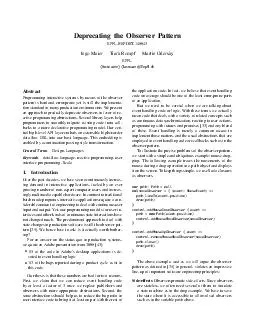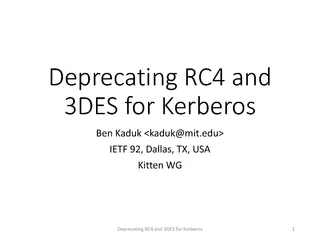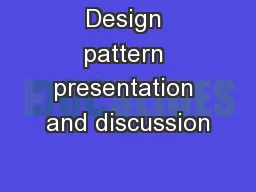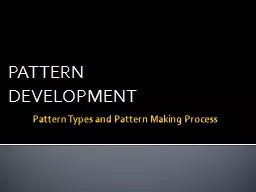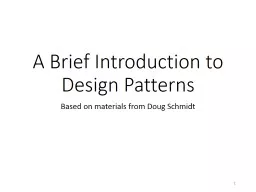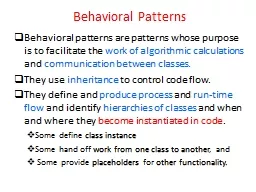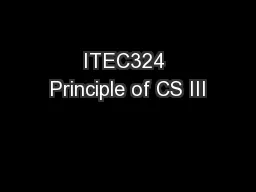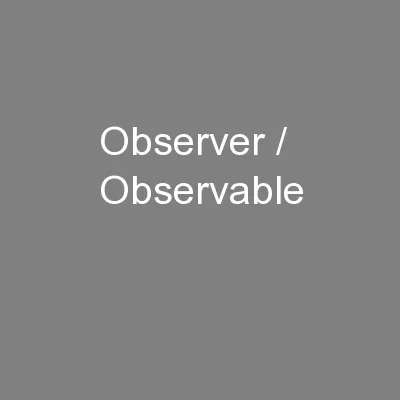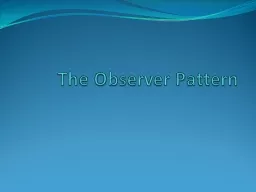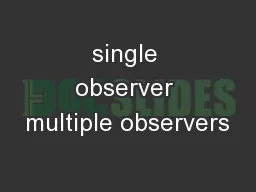PDF-Deprecating the Observer Pattern EPFLREPORT Ingo Maier
Author : pamella-moone | Published Date : 2015-05-28
lastnameepch Abstract Programming interactive systems by means of the observer pattern is hard and errorprone yet is still the implementa tion standard in many production
Presentation Embed Code
Download Presentation
Download Presentation The PPT/PDF document "Deprecating the Observer Pattern EPFLREP..." is the property of its rightful owner. Permission is granted to download and print the materials on this website for personal, non-commercial use only, and to display it on your personal computer provided you do not modify the materials and that you retain all copyright notices contained in the materials. By downloading content from our website, you accept the terms of this agreement.
Deprecating the Observer Pattern EPFLREPORT Ingo Maier: Transcript
Download Rules Of Document
"Deprecating the Observer Pattern EPFLREPORT Ingo Maier"The content belongs to its owner. You may download and print it for personal use, without modification, and keep all copyright notices. By downloading, you agree to these terms.
Related Documents

